For those who don’t bike or walk to get around the city, an intimate relationship with Toronto’s transit system is formed. If you take the same streetcar, bus, or subway route everyday to get to and from work, you can probably take the trip with your eyes closed. You likely see the same people everyday, roll your eyes at the same delays every so often, and have that same sense of embarrassment when you almost miss the subway and have to run through the doors at the last second (we’ve all been there). But what we take for granted as our day-to-day commute is actually the result of over a century’s worth of transit development in our fair city. Want to know more? We did some perusing of the TTC and the Toronto Archives to piece it all together. Here’s a look back at the history of transit in Toronto.
1860’s – 1920’s

![Creator: Unknown Date: [189?] Archival Citation: Fonds 200, Series 376, File 1B, Item 5 Credit: City of Toronto Archives www.toronto.ca/archives Copyright is in the public domain and permission for use is not required.](https://www.context.ca/blog/wp-content/uploads/2016/08/1890.jpg)
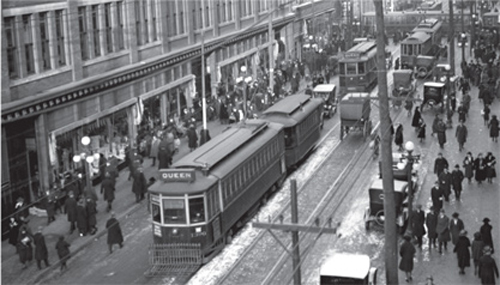
Image via ttc.ca
Between the 1860’s and 1920’s, Toronto’s system of transit saw many changes. Back in the 1860’s streetcars were horse-drawn in the summer, and horse-drawn sleighs were used in winter. Imagine? It wasn’t until 1892 that the first electric streetcar was used. In 1912 the city first started discussing the need for a subway system. Engineers anticipated a time when surface transportation would reach its limit, and travel below ground would be necessary to ease the congestion. Up until 1920 Toronto’s transit was run through a multitude of private transit companies, such as the Toronto Street Railway Company, but in 1920 the Toronto Transportation Commission (the original TTC) was formed, and they planned to turn transit service into a municipal operation.
1930’s – 1950’s
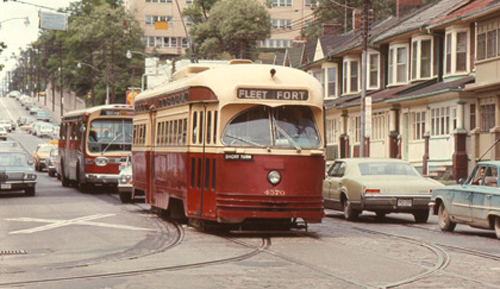
Image via ttc.ca
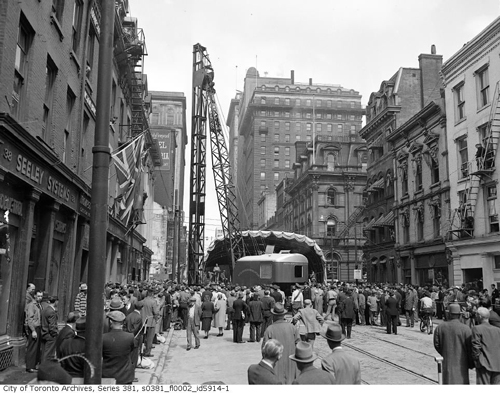
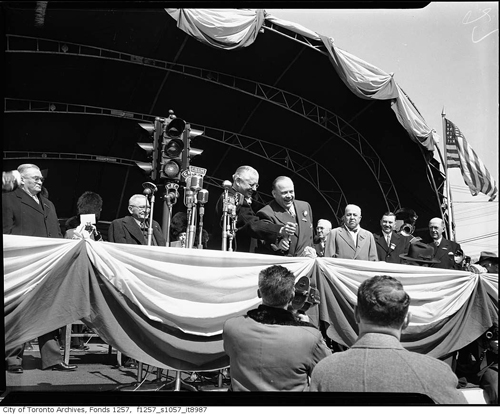

This period of time was especially significant for Toronto’s transit system. Between 1935 and 1945, the TTC saw a record number of passengers during that period of World War 2. This was also the first time women were employed as drivers, conductors and maintenance workers. Three photos up marks a significant day in Toronto’s transit history: 1949, the breaking of ground on the construction of Canada’s first subway. Below that photo shows another important moment in 1954, here Ontario Premier Leslie Frost, and Toronto Mayor Allan Lamport open the Yonge line by pulling the switch. An exciting moment for both our city and nation. 1954 also was the year the Toronto Transportation Commission was renamed as the TTC we know and love today, Toronto Transit Commission.
1960’s – 1980’s
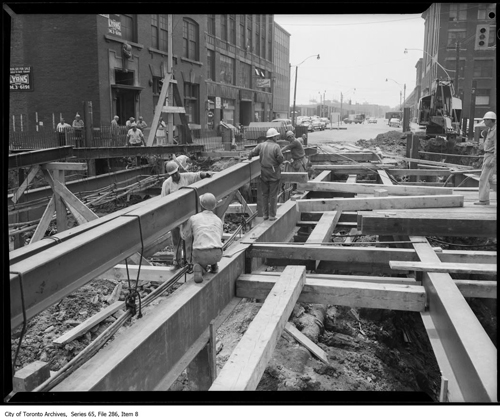

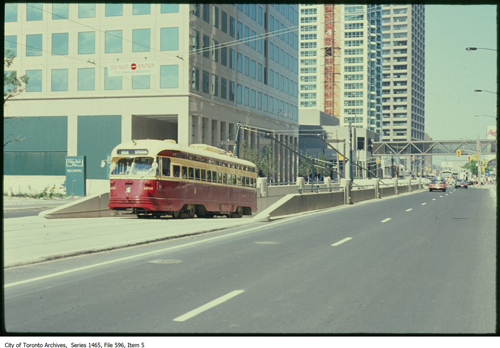
1962 marked the introduction of the 23 metre long, aluminum subway car. The following year, 1963, was when the University subway line opened, offering service between Union Station and St. George. The 1970’s were an exciting time for transit. 1975 marked the year that Wheel-Trans was established, the first step in making TTC more accessible.
1990’s – Now

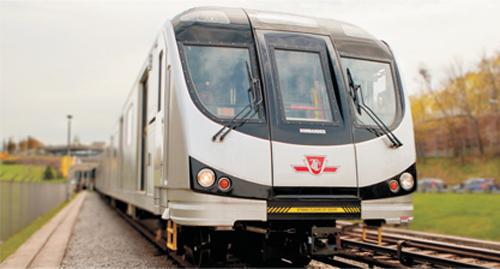
Image via ttc.ca

Image via ttc.ca
The 1990’s and early 2000’s saw the opening of the Harbourfront streetcar route, as well as the Sheppard-Yonge line. Between the years of 2008 and 2012 ridership rose from 466.7 million to 514 million annual customer trips. Many changes occurred in this time: presto fare card readers were installed in 2009, the first ‘Toronto Rocket’ accessible subway train entered service, and all bus routes were made accessible. In 2014 the ‘Made-for-Toronto’ Bombardier ‘Flexity’ streetcar was introduced, a much needed update to the cars of the past, and similar to those you might find in European cities such as Amsterdam. On August 31st, the 510 Spadina route put the Bombardier-made vessel into service. We know that more of these new streetcars will take to the Toronto streets in the coming years, but what else can we expect? Toronto’s transit system has come a long way since horse-drawn sleighs flying down King Street, but there’s always room for improvement, right?
Images via Toronto Archives